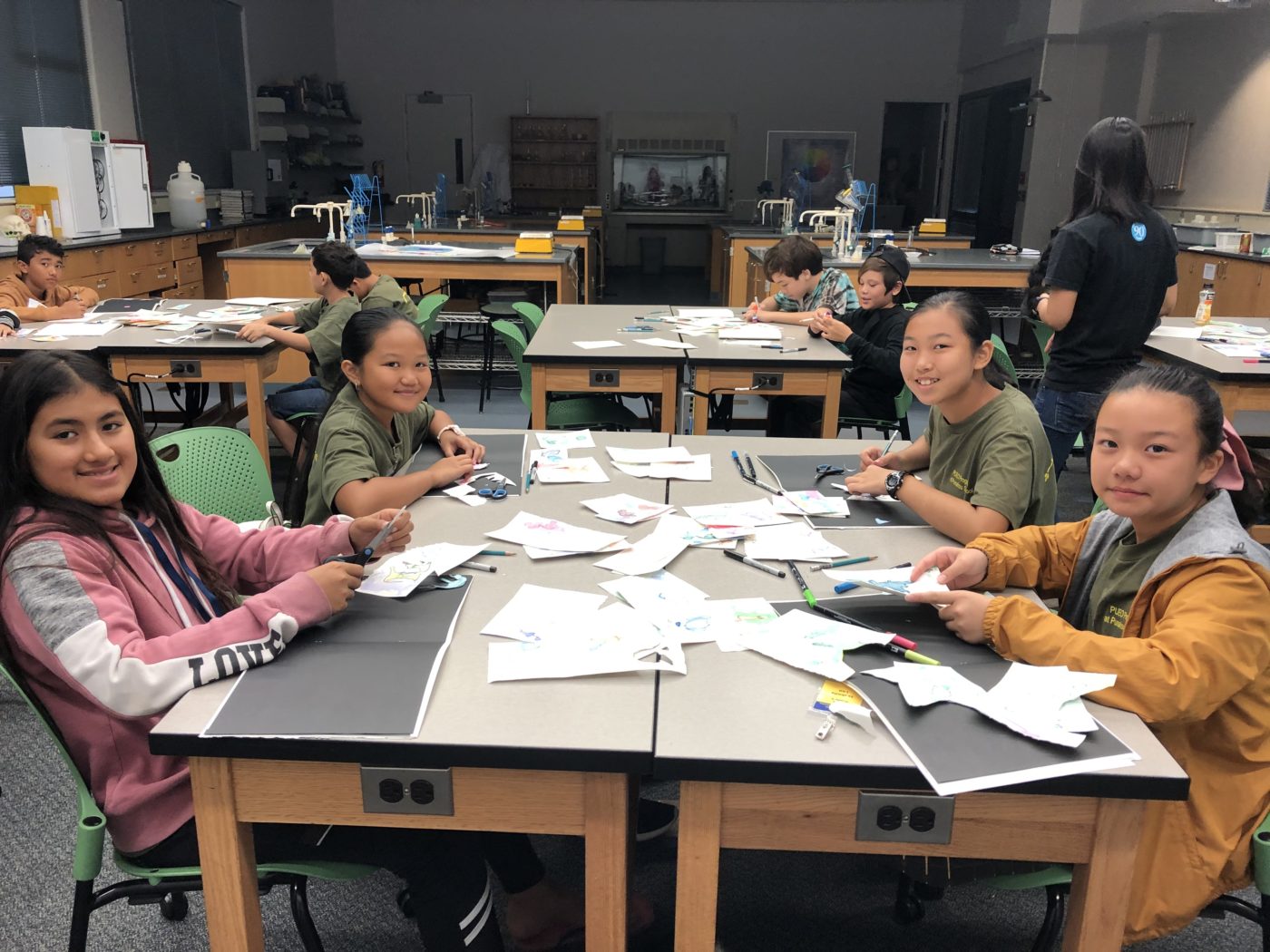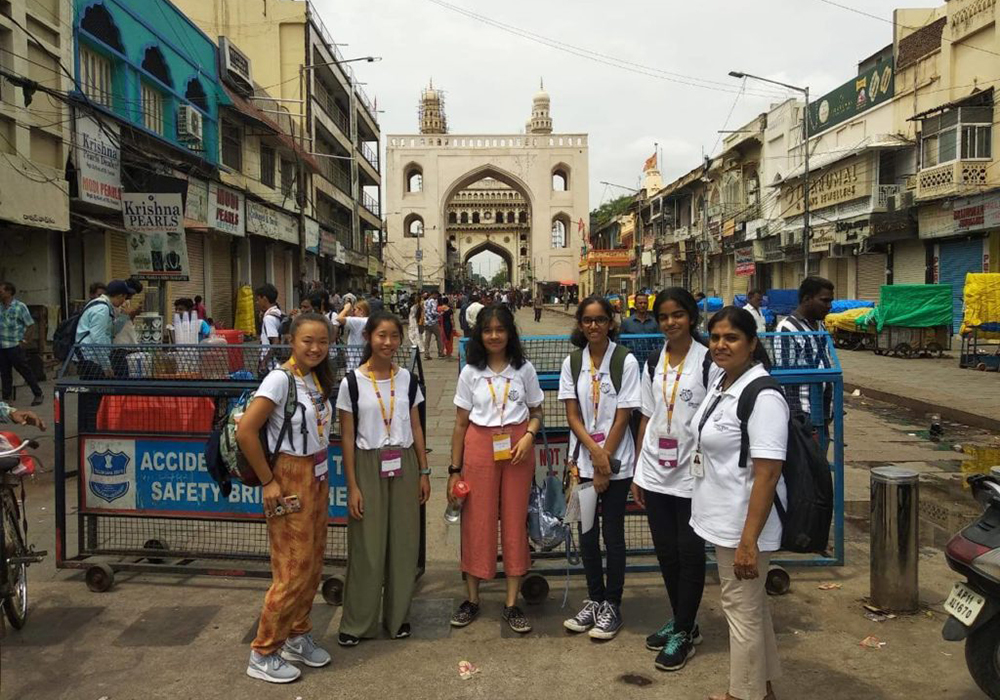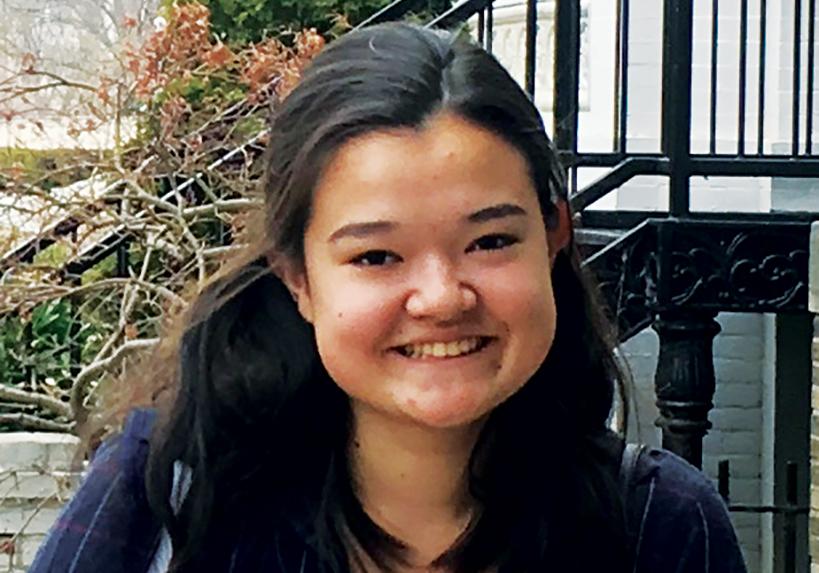
By Diane Seo ’85
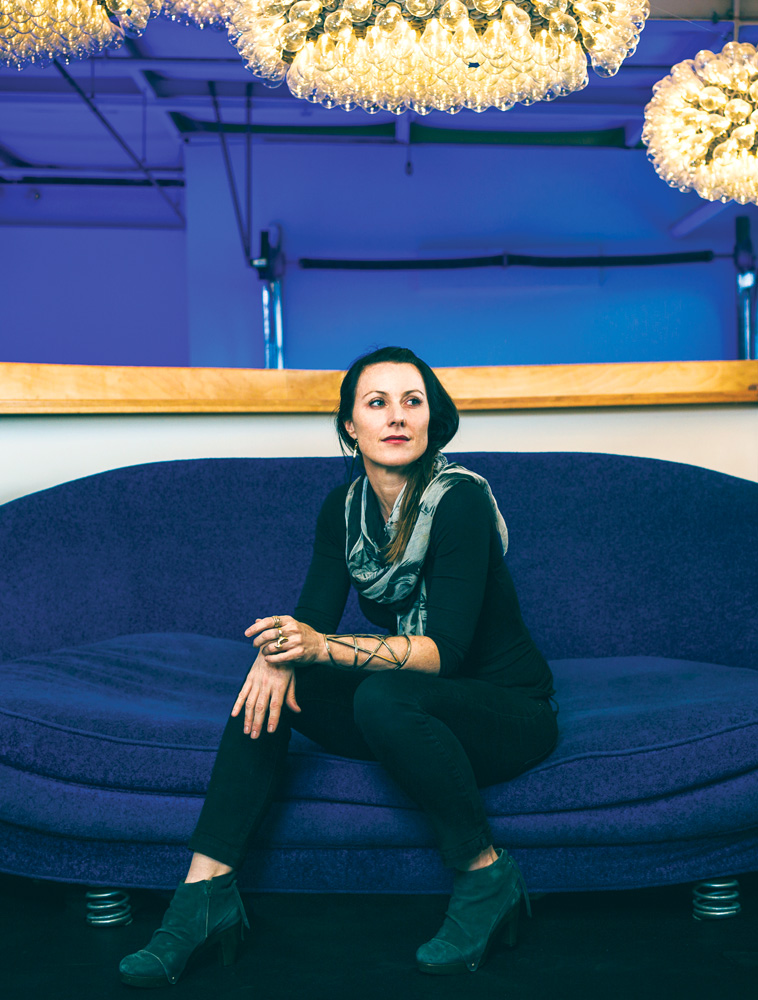
Jen Lewin’s ’92 installations are interactive revelations, bursts of colorful lights, carefully placed to invite passersby to play. The New York City artist’s striking work is in high demand globally, with commissions from Bahrain to Taiwan requesting her technologically advanced sculptures for parks, airport terminals and other highly visible spaces.
Lewin’s thoughtful vision intersects with a new demand for public art – to be modern and engaging – and she has seized on the moment. “There’s probably been upwards of 30 different sculptures that we’ve exhibited to hundreds of thousands of people all over the world,” she said.
What cities are finding, she adds, is that if they install an interactive sculpture in a park, people will gravitate there. The response is consistent, whether it’s in Abu Dhabi, Singapore, Beijing or Chattanooga. “What I love is seeing adults being playful, and because they’re in a community space, they meet other people and everyone drops their guard and they have this true ‘ohana moment,” she said.
This is evident in one of Lewin’s most requested works, The Pool, which features concentric circles that swirl with light and color. Instead of appearing static, it functions as performance art, and people can’t help but step or dance on top. Her inspiration for The Pool arose from a camping trip in Australia, where she found herself splashing in tide pools with the moon lighting a path. “I saw this really beautiful lighting experience of water and reflective light, and I wanted to make an art piece that captured that moment,” she said.
The 10-year-old project has since been in 50 major exhibitions around the world.
One of Lewin’s most prominent upcoming works is a permanent, 40-foot tall interactive Aurora Borealis, to be installed at the Minneapolis-St. Paul International Airport. Lewin said the illuminated sculpture, to be installed in the summer, may be one of the largest publicly interactive works to be constructed.
She’s also had recent exhibits in Bahrain, Taipei, Los Angeles and Denver, and that’s just through January. Closer to home, another of Lewin’s signature installations, titled Aqueous, recently was displayed for several weeks at Kapolei Commons, her first Hawai’i exhibit. Although Lewin has less time now to travel back to the Islands, she cites her childhood in Kula, Maui, and her time subsequently at Punahou, as laying an inspirational foundation for her current work.
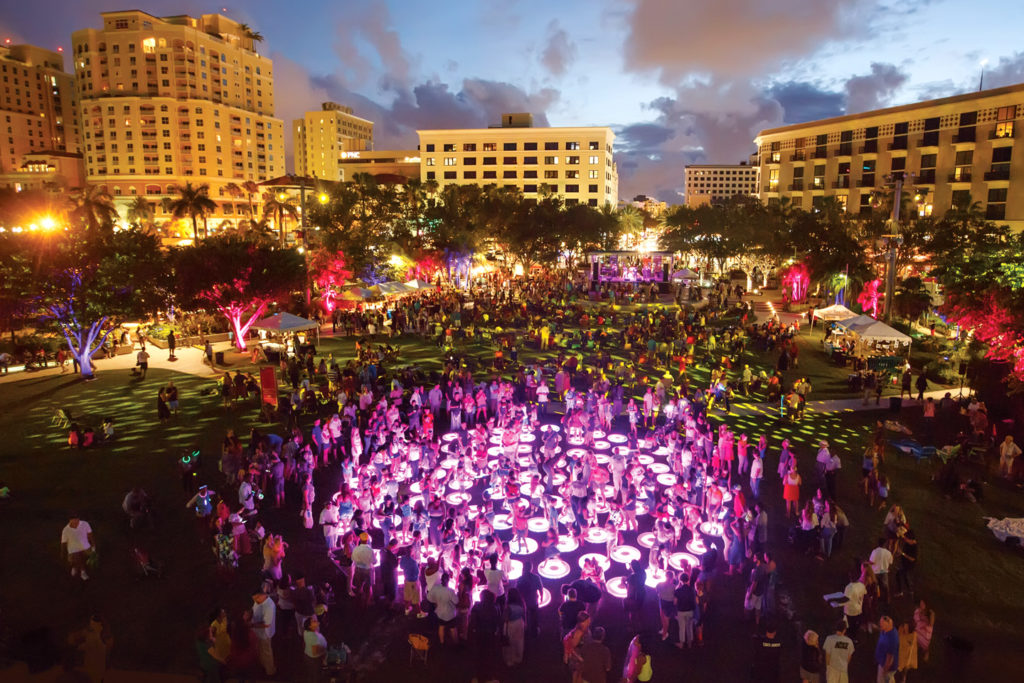
As a young girl in Kula, Lewin spent much of her time playing outdoors amid dramatic, high-elevation landscape that flourished with lights and colors. “I’ve looked back as an adult and been like, ‘So much of my work is tied to these moments of lighting,’ – just beautiful, epic, light experiences that I saw a lot as a child,” she said. “My childhood was very joyful, and play was so amazing. I want to remember that, and I want other people to have that experience.”
Lewin moved to O’ahu after her father, who had been a community doctor on Maui, began working for the State Department of Health. She entered Punahou in the seventh grade.
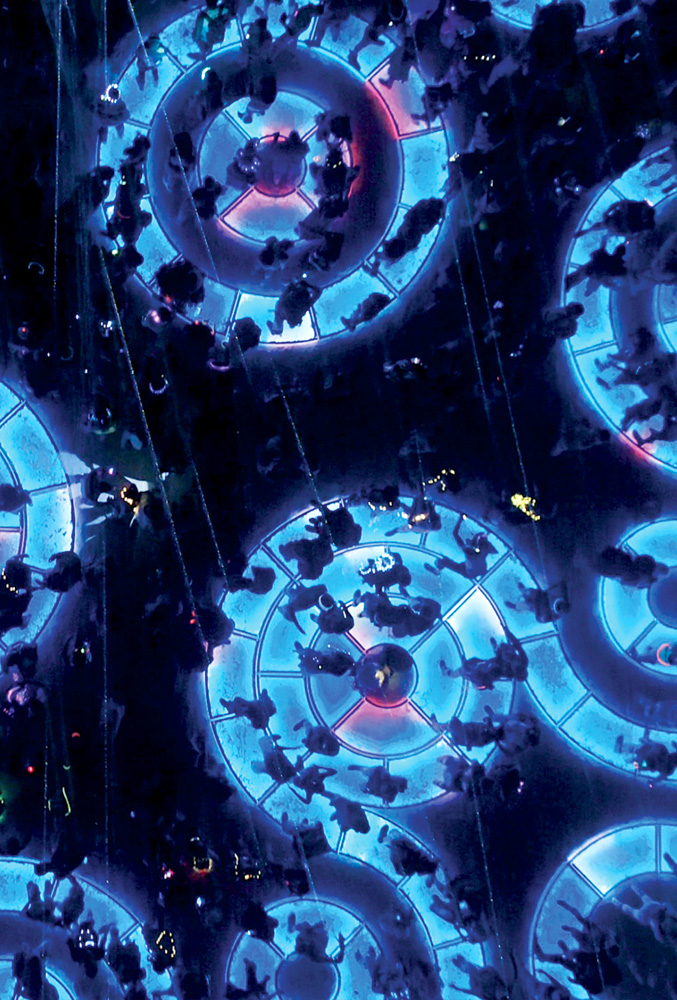
While at Punahou, Lewin says she was a dedicated dancer and performing arts student, mentored by Charlys Ing ’63, former director of the Punahou Dance School. “She saw the artist in me before I even saw it,” Lewin said. “She said many really interesting things to me about her respect for my artistic vision as a dancer, but also how I worked with the team. So much of what I do now has to do with working with teams, and I’ve been able to do that I think in part because of some of those qualities she recognized.”
Lewin’s interest in interactive sculptures was ignited while attending graduate school at New York University Tisch School of the Arts. She previously worked in Silicon Valley’s software industry, but soon felt an urgent calling to pursue an artistic path.
She introduced her first piece in 1998 – an interactive laser harp that integrated light, music, theater and dance in such a way that made people want to move. Lewin built the harp herself, including programming the software. She showed it at Lincoln Center, where it received a rave response.
That led her to create new versions of harps. “There’s a really magical quality about feeling like you’re touching light,” Lewin said. “But, what the harp ended up creating is this collaborative community experience, where you start playing music, then people around you are playing music, and you laugh, and they laugh.
“People have told me, ‘I’ve never been able to be part of something like this.’ They have a desire to feel like they’re part of something, a community. Ultimately, I’m just trying to create joy in a simple way.”

